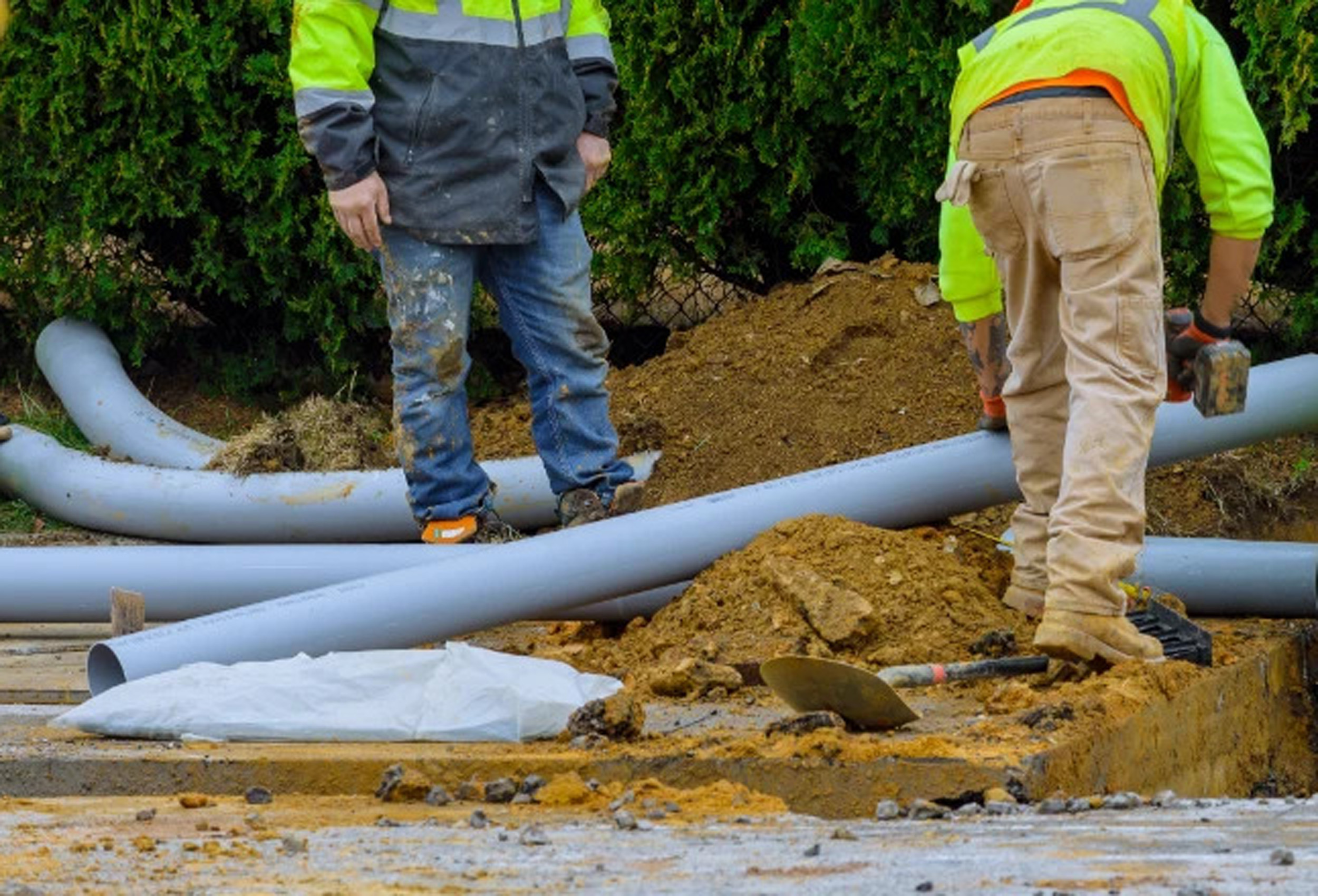Sewer line issues can be the bane of homeowners, property managers, and even plumbers. Left unchecked, these problems can escalate into costly repairs and disruptions. Regular sewer line cleaning is not only necessary for maintaining a functional plumbing system but also for preventing significant headaches down the line. This blog discusses common sewer line problems, why they occur, and how cleaning can serve as an effective solution.
Common Causes of Sewer Line Problems
Sewer lines face daily stress, making them susceptible to various issues. Understanding these causes is the first step towards maintaining a healthy system.
Household Clogs
The most frequent problem for sewer line cleaning arises from clogs—often caused by inappropriate waste disposal. Excess toilet paper, grease, food scraps, and non-flushable materials like wipes or sanitary products are common culprits. Clogs obstruct the natural flow of water, leading to slow drainage and, in severe cases, sewage backups inside the property.
Pipe Corrosion and Damage
Aging infrastructure often leads to corroded or weakened pipes, especially in older cities. Environmental factors, such as soil conditions or weather fluctuations, exacerbate this problem over time. Corroded pipes not only lead to leaks but also increase the potential for blockages, as weakened material can trap debris more easily.
Misaligned Sewer Lines
Improper installation or shifting soil can cause sewer lines to misalign. Misalignment prevents smooth water flow, leading to pooling within the pipes. Over time, such conditions can foster clogs and even collapse parts of the sewer line. This type of issue often goes unnoticed until significant problems arise, making early detection crucial.
Why Regular Sewer Line Cleaning Matters
Cleaning your sewer line is a proactive measure that directly addresses the issues mentioned above. Removing accumulated blockages prevents further complications that could compromise the entire system. Here’s why sewer line cleaning is so essential:
Clears Blockages
Professional cleaning can break down stubborn clogs that everyday plungers and drain cleaners cannot address. This process restores the normal flow of wastewater, ensuring your plumbing system operates optimally.
Prevents Tree Root Damage
Specialised hydro jetting or cutting tools can clear tree root intrusions, reducing the chances of pipe damage and ongoing blockages. For trees close to sewer lines, routine checks coupled with cleaning can mitigate significant risks.
Extends Pipe Longevity
Regular maintenance, including thorough cleaning, helps protect older pipes from premature corrosion. This can delay the need for replacements and keep repair costs manageable over time.
Addresses Hidden Problems Early
During cleaning, professionals can spot underlying issues such as misalignment or minor cracks. Addressing these problems early on reduces the likelihood of more severe damage occurring in the future.
Protects Property Value
Functional plumbing is vital to a property’s overall appeal and value. Routine sewer line cleaning ensures the system remains reliable, which is particularly important for property managers.
Sewer Line Maintenance
Ultimately, prevention is better than cure. Sewer line cleaning is only one part of maintaining a healthy plumbing system. Be mindful of what goes down drains, avoid planting trees near sewer lines, and consider scheduling routine inspections. For older homes, upgrading outdated pipes can also prevent long-term issues.
Final Thoughts
Sewer line cleaning is an essential process that not only prevents costly repairs but also ensures your plumbing system remains efficient. From clogs and tree roots to pipe corrosion and misalignment, tackling these problems early can save time, money, and stress for homeowners, property managers, and plumbers alike. If you haven’t scheduled a professional sewer line cleaning recently, consider taking proactive steps to protect your property today. A clean sewer line means fewer interruptions and a more reliable system you can depend on.
